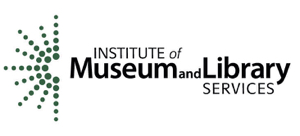This lesson is the final lesson of the Curating for Reproduciblity curriculum. Previous lessons, (Lesson 1: Introduction to Curating for Reproducibility, Lesson 2: Curating for Reproducibility Workflows, and Lesson 3: Assessing Reproducibility), defined the object of curating for reproducibilty as the *research compendium,** which undergoes a rigorous data quality review process that involves file, documentation, data, and code review. This data quality review supports reproducibilty of published scientific findings.
Final curating for reproducibilty activities center on assembling and sharing the compendium to allow the scientific community and its stakeholders to access and resuse it. The goal of this lesson is to give learners an understanding of the process of packaging and publishing research compendium materials, and the issues that require careful consideration during this process.

The CuRe Curriculum was made possible in part by the Institute of Museum and Library Services under grants RE-87-17-0074-17 and RE-36-19-0081-19. The Institute of Museum and Library Services is the primary source of federal support for the nation’s libraries and museums. We advance, support, and empower America’s museums, libraries, and related organizations through grantmaking, research, and policy development. Our vision is a nation where museums and libraries work together to transform the lives of individuals and communities. To learn more, visit www.imls.gov and follow us on Facebook and Twitter.
Prerequisites
While this lesson has no prerequisites, completion of previous lessons in the Curation for Reproducibility Curriculum (Lesson 1: Introduction to Curation for Reproducibility, Lesson 2: Curating for Reproducibility Workflows, and Lesson 3: Assessing Reproducibility) is highly recommended prior to starting this lesson.